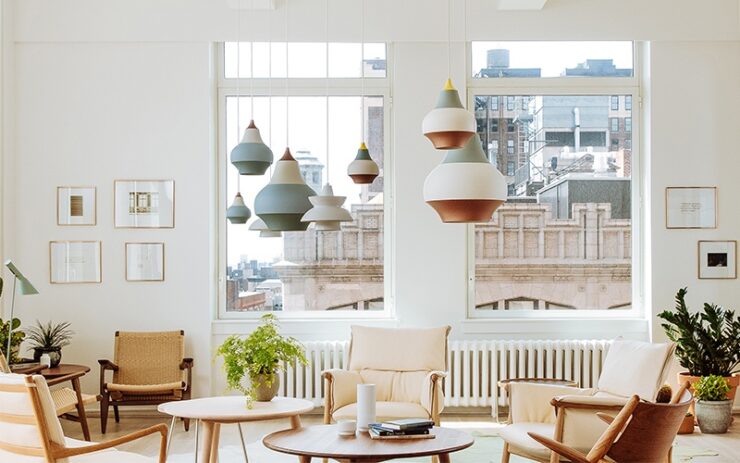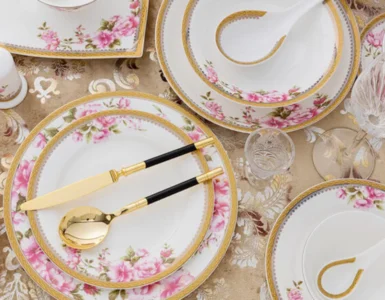According to a thesis submitted at the Australian National University by Robert Stewart Bell, Scandinavian designs began to be introduced in Australia beginning as early as the 1950s through trade promotions and cultural exhibitions. Scandinavian design philosophy also occupies a decent share within the $7.5bn Australian furniture retailing market. Scandinavian furniture is well known for its useful aspect and elegant and straightforward design that complements the interior design based on functionality and minimalism.
Origin of the Scandinavian Design
Norway, Sweden and Denmark primarily form the Scandinavian countries. However, Finland and Iceland (part of the Nordic countries) are also sometimes included due to their proximity in shared culture, geography and history. These countries are characterised by shorter days during winters. The cold and harsh climate themselves are longer than average. Their design philosophy hence placed more importance on comfort and simplicity rather than elaborate designs and decorations. An emphasis is laid on the scenarios whereby a warm and welcoming atmosphere is envisaged focusing on utility.
With the end of World War II, Modernism started replacing the Art Deco style, which focussed on intricate designs and with an importance that attached to bigger is better. However, with the fall of European aristocracy with World War II, these notions began to be challenged. Modernism concentrated on decluttering, usage of natural elements and colours. Furnishings followed the concept of ‘form follows function, which meant the look or design followed utility.
Traits of the Scandinavian Design
-
-
Clutter less
-
The striking feature that hits the eye as soon as you enter a Scandinavian home would be that space would be decluttered. Designers follow a ‘less is more approach. Ornate and decorative items would be kept to the bare minimum, bare walls without much detailing. Lots of free space is the hallmark of this design.
-
-
Warm colours
-
Since these countries are found in regions where the winters are long and dark, the designers wanted to bring warmth to the home interiors. This is achieved by using a warm palette of colours and pastel shades to paint the interiors as well as other furniture and equipment. Modern takes also include a few bright pops of colour, such as an amber chair or blue pillow. White and grey are, however, the go-to colours. Marimekko is, however, a variant design that is often used to bring the colour pop that includes bright prints and patterns of fabric and crockery or small pieces of equipment.
-
-
Lighting
-
Like every other element, lighting is also maximised with natural mechanics such as large windows. The white and pastel-shaded walls are brightened by natural lighting. Curtains are rarely used, and if at all they are required, then light and airy fabrics are used.
-
-
Functionality
-
The design focuses on creating maximum utility with minimum fuss. Scandinavian furniture is light coloured, easily set up, and provides a lot of legroom. They are designed in clean lines and are never bulky. The furniture is made out of timber such as birch, light oak, pine and ash. Scandinavian furniture has soft edges, look sleek and have wooden shades. The upholstery is modest and cosy, with colours such as white, grey, blue and brown. The design eliminates any kind of feature that offers no practical utility, such as embroidery or intricate woodworks.




























